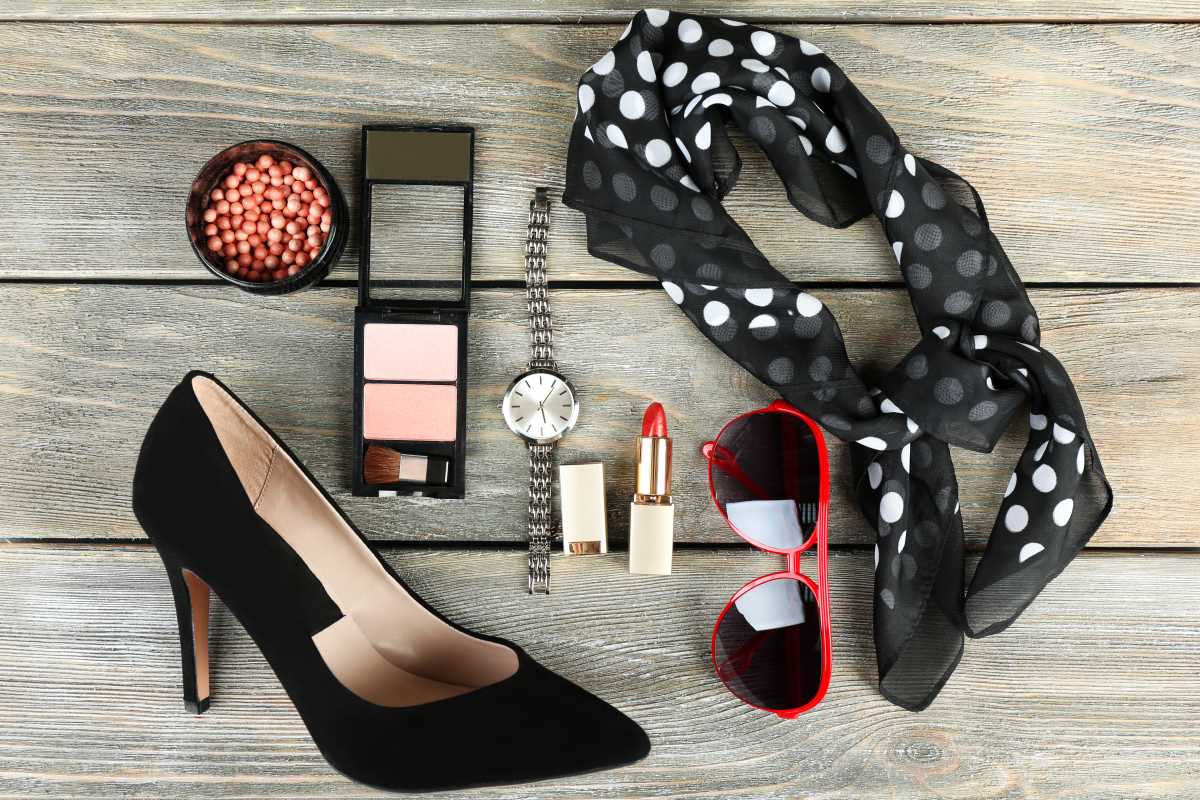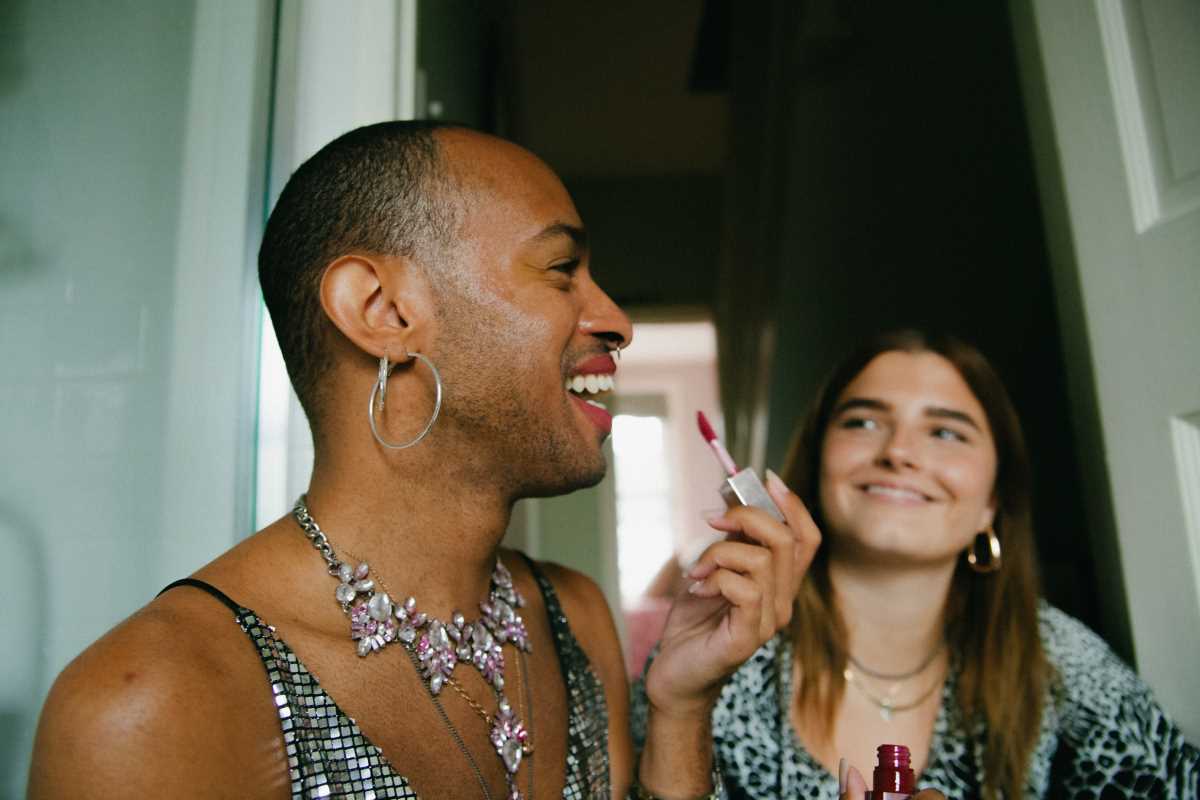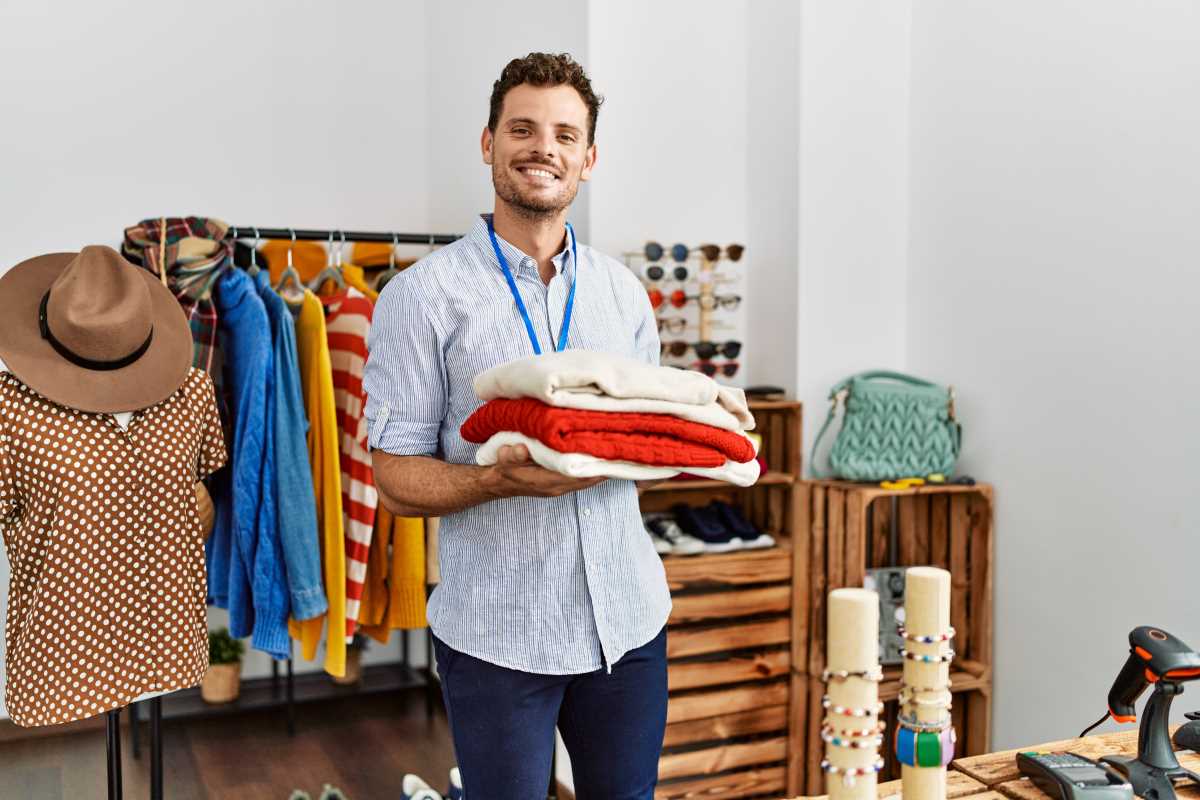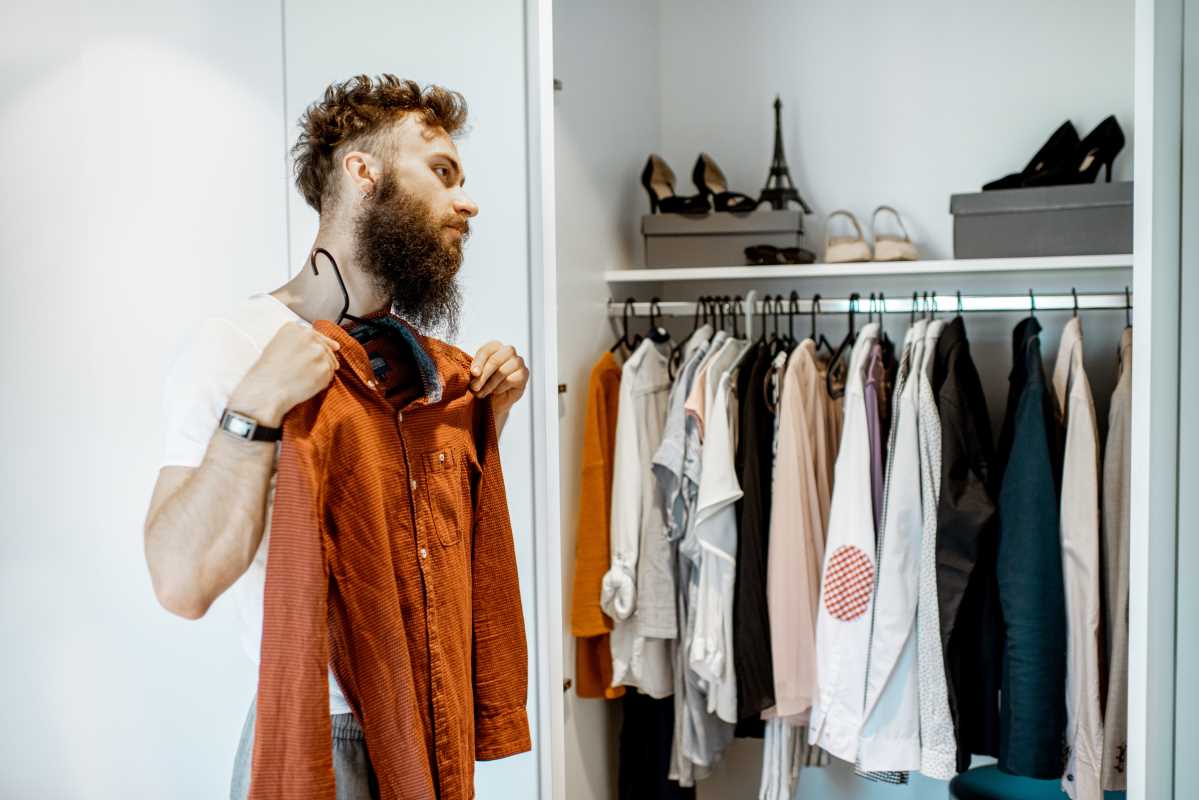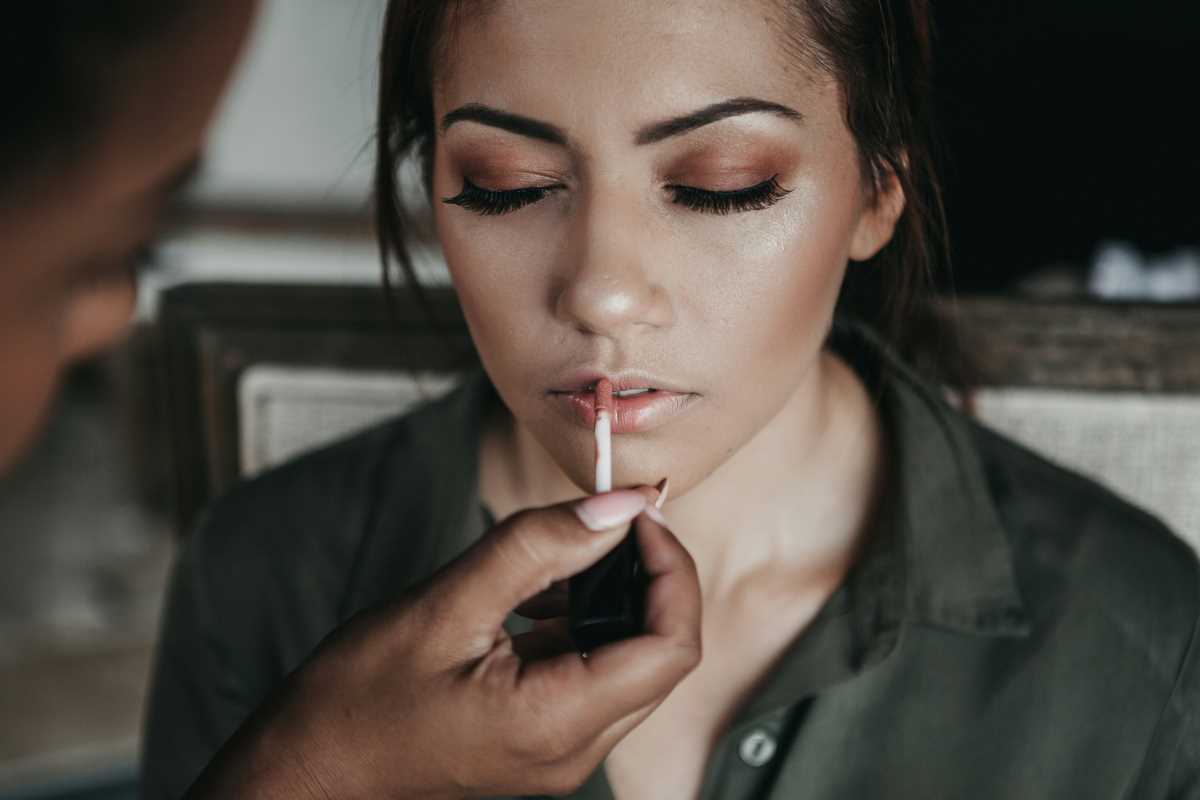You’re standing in the beauty aisle, surrounded by a wall of foundation bottles. You try to find your shade, but the options are limited. One is too pink, another is too ashy, and nothing seems to match your skin’s unique undertone. Or maybe you're looking for haircare, and every product is aimed at a texture completely different from your own. For decades, this frustrating experience has been the reality for countless people whose skin tones, hair types, or identities didn't fit into a narrow, one-size-fits-all definition of beauty. But a powerful change is underway. A new generation of inclusive beauty brands is tearing up the old rulebook, creating products and marketing campaigns that celebrate everyone and are completely redefining global beauty standards.
What Inclusive Beauty Really Means
Inclusive beauty is the simple but radical idea that everyone deserves to see themselves represented and catered to in the world of beauty. This goes far beyond just adding a few more shades to a foundation line. It means creating products that work for all skin tones and undertones, from the fairest to the deepest. It’s about developing haircare that celebrates every texture, from straight to coily. It’s about recognizing that beauty has no age limit or gender expression, and designing products and campaigns that reflect that. It also means considering people with disabilities by creating packaging that is easy to open and use. It’s a holistic approach that says, "You belong here."
The Science of Shade and Undertone
For years, many brands offered a very limited range of foundation shades, often failing to account for the rich diversity of human skin. Inclusive brands changed the game by launching with 40, 50, or even more shades. But it’s not just about the number of shades; it’s about the science behind them. These companies invest heavily in understanding undertones—the subtle cool, warm, or neutral hues beneath the skin’s surface. By meticulously developing formulas that cater to this diversity, they ensure that people don't have to mix multiple products or settle for a shade that’s "close enough." They can finally find a true, perfect match.
Texture-First Haircare and Protective Styles
The haircare industry has also undergone a major transformation. For a long time, the focus was on products designed to straighten or "tame" curly and coily hair. Inclusive brands have flipped the script, putting hair texture first. They celebrate natural hair by creating products specifically formulated to moisturize, define, and strengthen curls, coils, and waves. This movement also acknowledges and supports the importance of protective styles like braids, locs, and twists, offering products that care for the scalp and hair while they are styled. This shift empowers people to embrace and care for their natural hair texture with pride.
Accessible and Multisensory Design
Inclusivity also extends to how products are designed and packaged. A brand might use tactile markers for blind or low-vision users to distinguish between a shampoo and a conditioner bottle. They might design caps and pumps that are easier for people with arthritis or limited hand mobility to open and use. This concept, known as universal design, aims to create products that are usable by as many people as possible without the need for special adaptations. Brands are also thinking about the full sensory experience, considering how a product feels and smells to create a more enjoyable and accessible experience for everyone.
Authentic Representation in Campaigns
It's not enough to just make the products; brands also have to show who they are for. Inclusive brands have moved away from using the same few models in all of their advertising. Instead, their campaigns feature a true reflection of society. You see people of all different ages, ethnicities, body sizes, gender identities, and abilities. They also partner with a diverse range of creators and influencers who can speak authentically to their own communities about how the products work for them. This genuine representation sends a clear message that the brand sees and values a broad spectrum of beauty.
Localizing for Climate and Culture
A truly global brand understands that beauty needs are not the same everywhere. A foundation formula that works perfectly in a dry climate might melt off in a humid one. Inclusive brands are starting to localize their product offerings, taking into account regional factors like climate and common skin concerns. They also show cultural awareness, understanding that beauty rituals and preferences vary greatly around the world. By paying attention to these local nuances, they can create products that are genuinely effective and relevant for customers in different parts of the globe.
How to Be a Conscious Beauty Shopper
As a consumer, your choices have power. You can support the movement toward a more inclusive beauty industry by being a conscious shopper. Before you buy, do a little research. Does the brand offer a wide range of shades or cater to diverse hair types? Look at their website and social media. Do their marketing campaigns feature a diverse group of people? Many brands that are committed to inclusivity are also transparent about their ethical practices, such as how they source their ingredients and invest in communities. By choosing to spend your money on brands that are doing the work, you help push the entire industry forward.
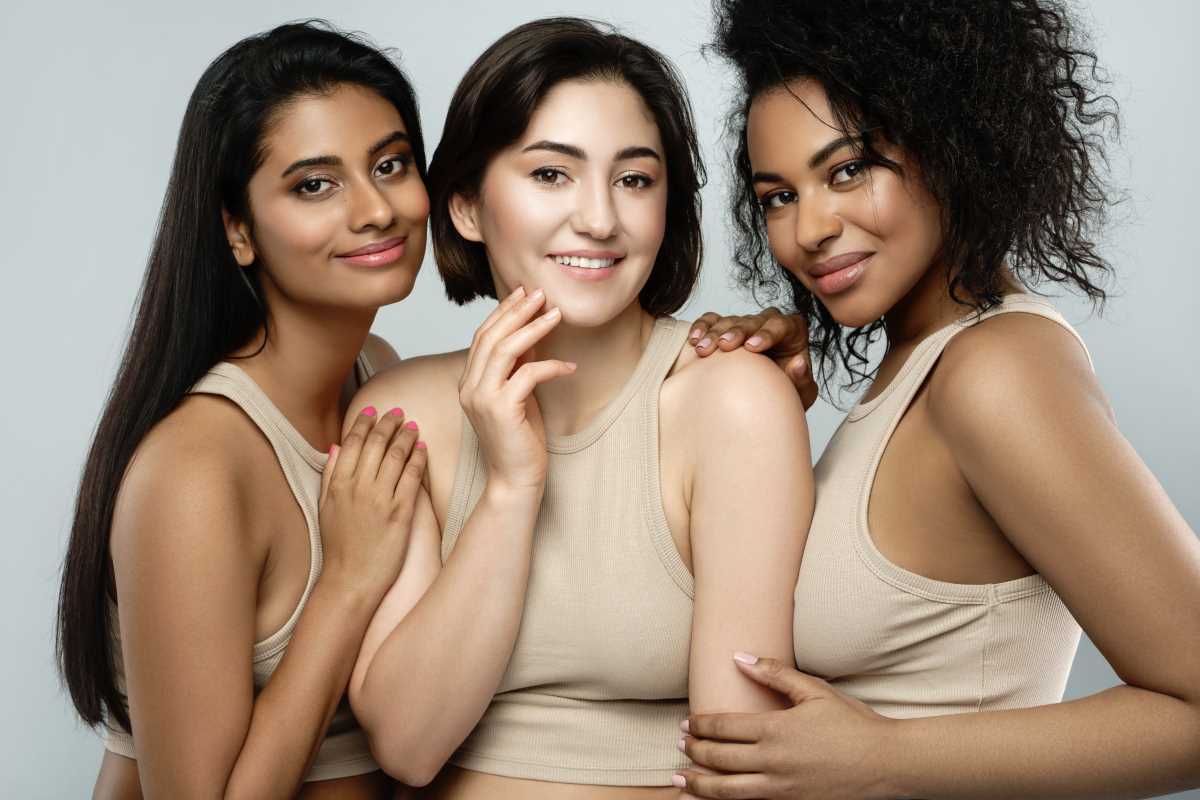 (Image via
(Image via